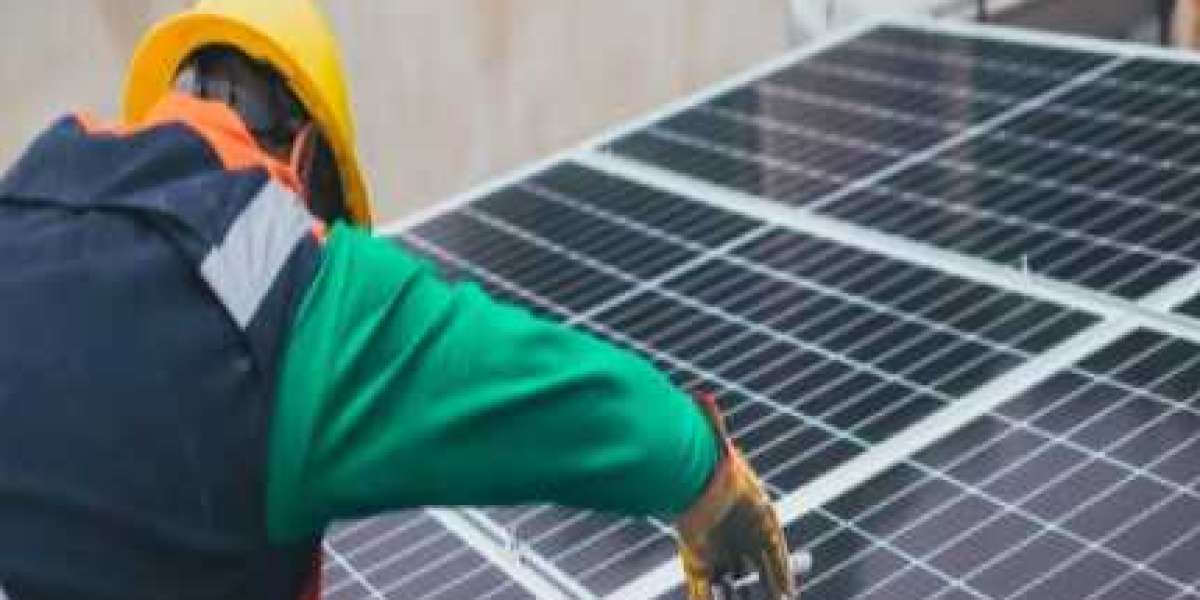In the quest for a sustainable and eco-friendly future, innovations in renewable energy are taking center stage. One such innovation that's gaining momentum is solar panel roofing. Imagine a world where your roof not only provides shelter but also generates clean, green energy. This revolutionary concept is reshaping the way we think about our homes, energy consumption, and our impact on the environment.
The Rise of Solar Panel Roofing
Solar panel roofing, also known as solar shingles or solar roof tiles, merges solar technology with traditional roofing materials. It seamlessly integrates photovoltaic cells into the structure of a roof, converting sunlight into electricity and offering a dual-purpose solution – protection from the elements and energy generation.
The idea of solar panel roofing isn't entirely new, but recent advancements in technology and design have made it more practical, efficient, and aesthetically pleasing than ever before. Tesla, with its Solar Roof, is perhaps the most well-known proponent of this technology, but other companies are also making significant strides in the field.
Benefits of Solar Panel Roofing
Energy Savings:
Solar panel roofing significantly reduces or eliminates your dependence on traditional grid electricity, leading to substantial energy savings over time.
Environmentally Friendly:
Solar panels generate clean, renewable energy, reducing your carbon footprint and contributing to a greener planet.
Increased Home Value:
Solar panel roofs can increase the resale value of your home, making it an attractive investment.
Aesthetic Appeal:
Modern solar roofing options are designed to blend seamlessly with your home's architecture, enhancing its visual appeal.
Durability:
Solar shingles are built to withstand the elements and can often outlast traditional roofing materials.
Installation Process
Installing solar panel roofing involves several steps:
Initial Assessment:
A professional assesses your roof's suitability for solar panel installation, considering factors like its orientation, shading, and structural integrity.
Design and Planning:
Engineers design the solar panel array to fit seamlessly with your roof, optimizing its exposure to sunlight.
Permitting:
Obtaining the necessary permits and approvals from local authorities is crucial before starting the installation.
Roof Preparation:
If needed, your existing roof may require repairs or reinforcement to support the solar panels.
Solar Panel Installation:
Solar panels, which are designed to resemble traditional roofing materials, are securely installed on your roof.
Wiring and Connection:
Wiring is run from the solar panels to an inverter, which converts the DC electricity generated by the panels into AC electricity usable in your home.
Grid Connection:
Depending on your setup, excess energy can be fed back into the grid, potentially earning you credits or compensation from your utility company.
Monitoring and Maintenance:
A monitoring system is often installed to track the performance of your solar panel roofing, ensuring it operates efficiently. Regular maintenance checks may also be necessary.
FAQs
1. How much do solar panel roofs cost?
The cost of solar panel roofing can vary widely depending on factors such as the size of your roof, the type of solar panels used, and installation complexities. On average, you can expect to pay between $10,000 to $30,000 or more for a solar panel roofing system.
2. Do solar panel roofs work in cloudy or rainy climates?
Yes, solar panel roofs are designed to work in various weather conditions. While they may be less efficient on cloudy or rainy days, they can still generate electricity. Additionally, excess energy generated during sunny days can be stored or fed back into the grid for use when sunlight is scarce.
3. How long do solar panel roofs last?
Most solar panel roofs come with warranties ranging from 20 to 30 years, but they can often last even longer with proper maintenance. Solar panels are known for their durability and can withstand harsh weather conditions.
4. Can I install solar panel roofing on my existing roof?
Yes, in many cases, solar panel roofing can be installed on top of your existing roof. However, it's essential to have a professional assess your roof's condition and make any necessary repairs or reinforcements before installation.
5. Will solar panel roofing increase the resale value of my home?
Yes, solar panel roofing can increase the resale value of your home. Potential buyers are often attracted to energy-efficient features that can lead to lower utility bills, making your property more appealing in the real estate market.
6. Are there any government incentives for installing solar panel roofing?
Many governments offer incentives, tax credits, and rebates to encourage the adoption of solar panel roofing. These incentives can significantly offset the initial cost of installation and make solar roofing more affordable.
Conclusion
Solar panel roofing represents a promising future for sustainable living. With its numerous benefits, including energy savings, environmental friendliness, and increased home value, it's no wonder that more homeowners are considering this innovative technology. As the solar panel roofing industry continues to evolve, we can expect even more efficient and cost-effective solutions, bringing us closer to a cleaner and greener world. If you're looking to reduce your carbon footprint and invest in a sustainable future, solar panel roofing might just be the answer you've been waiting for.



